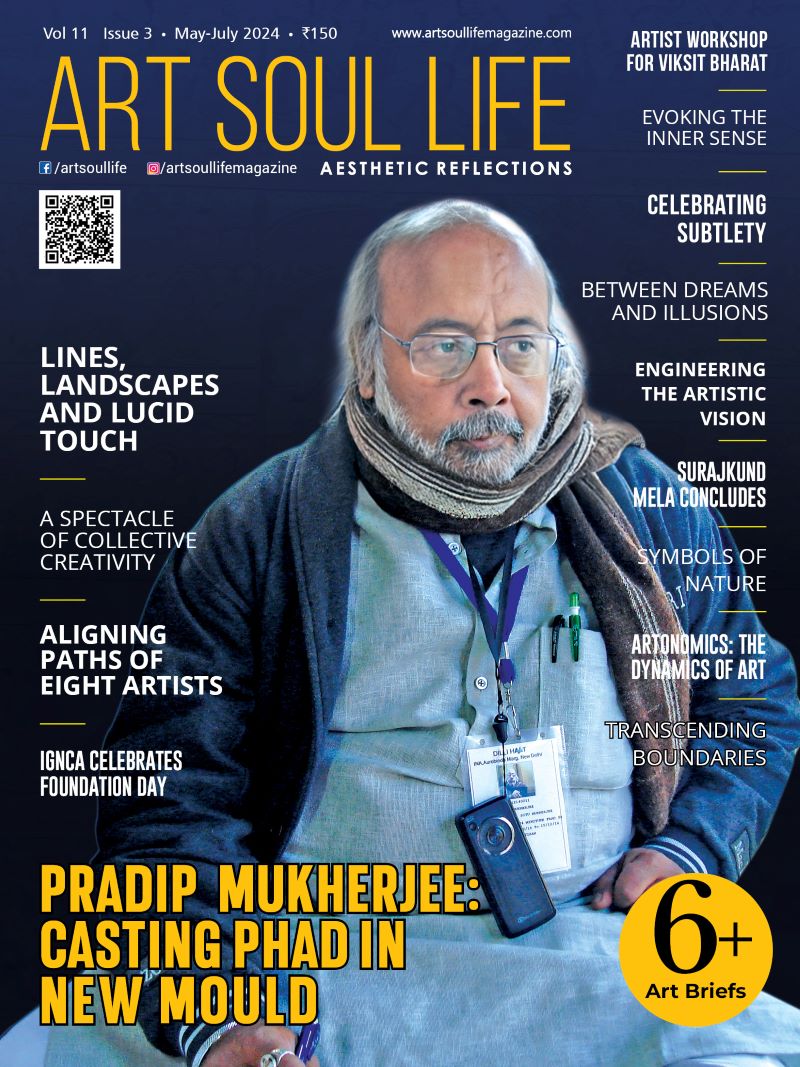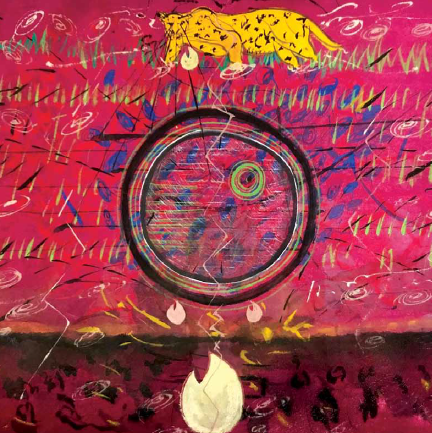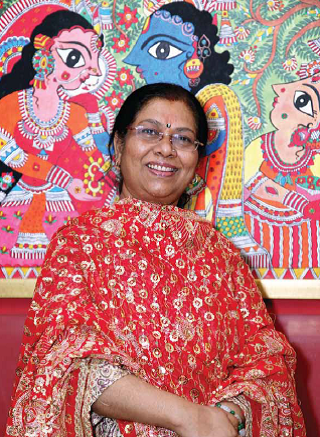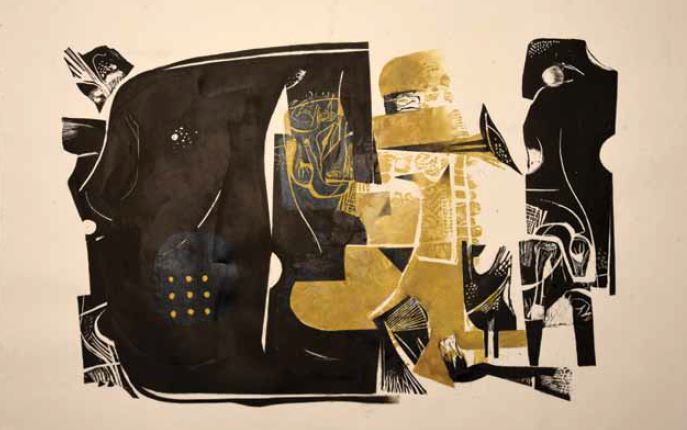
Marc Chagall, a prominent figure in the world of 20th-century art, left an indelible mark on the art scene with his distinctive style and imaginative creations. Born in 1887 in Vitebsk, Russia, Chagall’s artistic journey took him from his humble beginnings to international acclaim. His paintings, characterized by vibrant colors, dreamlike compositions, and a blend of reality and fantasy, continue to captivate art enthusiasts worldwide. In this article, we will delve into the enchanting world of Marc Chagall’s paintings, exploring the key elements that make his work both timeless and enchanting.
A Symphony of Colors
Chagall was a master of color, and his paintings are a testament to his extraordinary ability to use color as a means of expression. His palette was rich and diverse, often featuring bold, saturated hues that danced across the canvas. One of his most famous works, “I and the Village” (1911), is a perfect example of his mastery of color. In this painting, Chagall used a kaleidoscope of colors to depict a whimsical scene that combines elements of Russian village life with his own personal symbolism. The vibrant blues, fiery reds, and lush greens in this piece create a visual symphony that draws viewers into Chagall’s fantastical world.
Dreamlike Compositions
Chagall’s paintings are known for their dreamlike quality. He often blended elements from his childhood memories, Jewish heritage, and personal experiences to create surreal compositions that challenge conventional reality. “The Birthday” (1915), for instance, features a levitating couple embracing amidst a surreal landscape of floating objects and animals. Chagall’s ability to merge the ordinary with the extraordinary allowed him to create artworks that transport viewers to a world of whimsy and wonder. His dreamlike compositions invite us to question our own perceptions and open our minds to new possibilities.
Jewish Heritage and Symbolism
Chagall’s Jewish heritage played a significant role in shaping his artistic vision. His paintings frequently incorporate Jewish themes and symbols, reflecting his deep connection to his roots. “The White Crucifixion” (1938) is a poignant example of his use of religious symbolism. In this work, Chagall portrays Jesus on the cross surrounded by scenes of persecution and suffering. However, what makes this painting unique is its use of color and symbolism. Chagall’s decision to depict Jesus as a Jewish figure in a prayer shawl is a powerful statement about the unity of faiths and the enduring resilience of his people.
Love and Romance
Love was a recurring theme in Chagall’s art. His paintings often depicted lovers floating in the sky, embracing amidst the clouds, or engaged in tender moments. “Birthday” (1915), mentioned earlier, is a testament to his fascination with love. His romantic depictions are filled with whimsy and optimism, conveying a sense of joy and harmony. Chagall’s portrayal of love reminds us of the beauty and tenderness that can be found in even the most fantastical settings.
Marc Chagall’s paintings continue to enchant and inspire art lovers around the world. His unique blend of vibrant colors, dreamlike compositions, and deep symbolism created a visual language all his own. Chagall’s ability to capture the human experience, infuse it with emotion, and present it in a fantastical light is what makes his work timeless. His art serves as a bridge between the real and the imaginary, inviting us to explore the depths of our own creativity and imagination. Marc Chagall’s legacy lives on through his paintings, a testament to the enduring power of art to touch our hearts and souls.









 " >
" >
 " >
" >